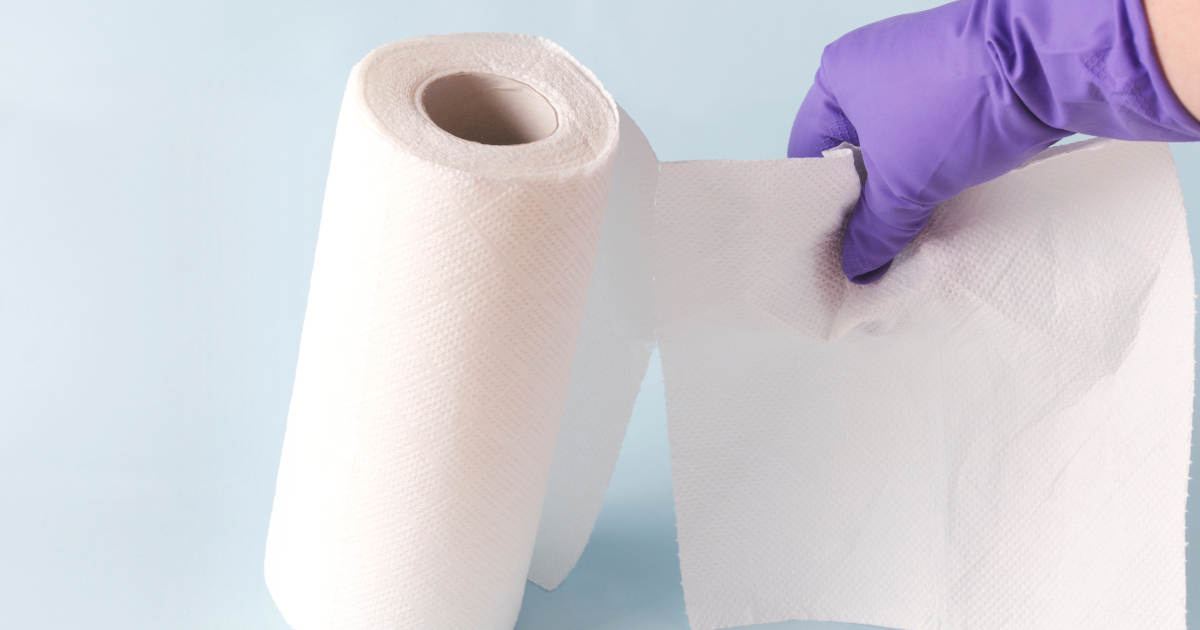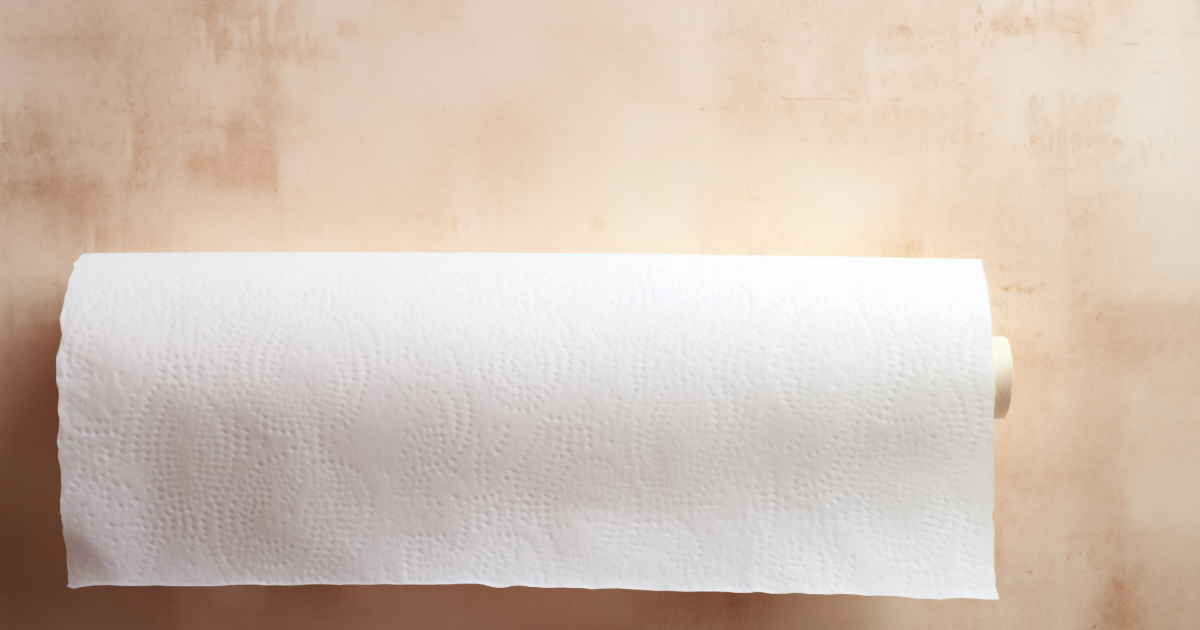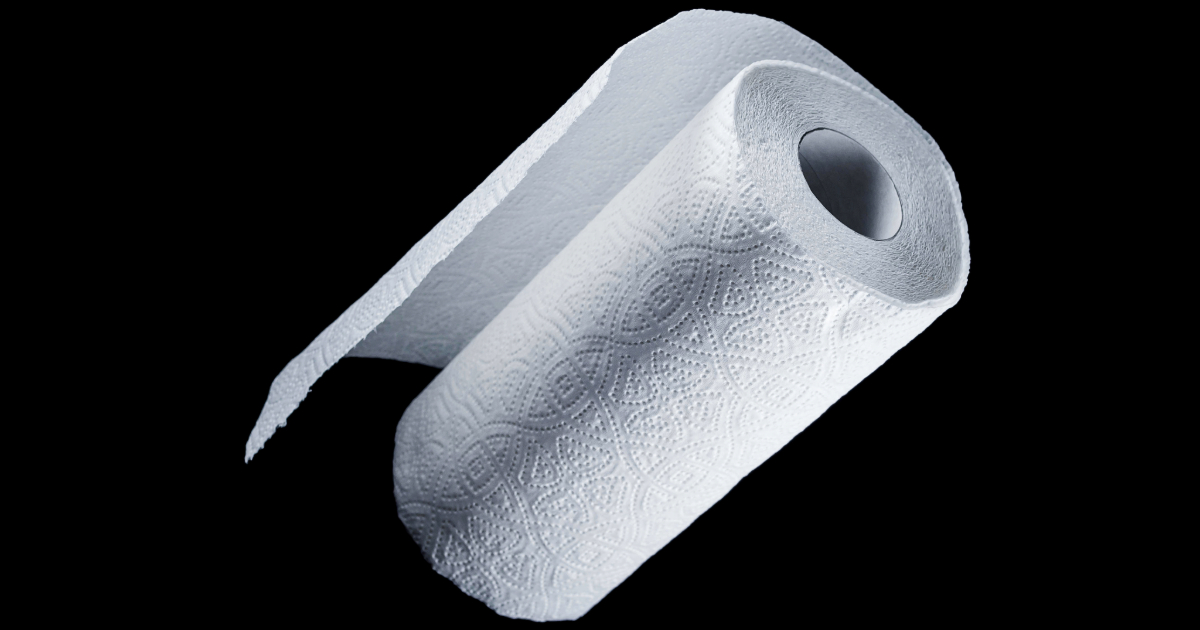The debate between using paper towels or hand towels in restrooms and other facilities has been going on for years.

Both have their advantages and disadvantages when it comes to factors like hygiene, cost, and environmental impact.
Hygiene
Hygiene is one of the most important considerations when choosing a hand drying method. Improperly dried hands can spread bacteria and illnesses, so having an effective hand drying solution is crucial, especially in public spaces.
Hand towels can collect bacteria and spread germs if they are used multiple times between washes. Moist towels also allow microbes to thrive. However, if washed properly and frequently, cloth towels can be hygienic.
Paper towels are considered more sanitary since they are single use. Once disposed of, any germs are thrown away with the towel. However, the quality and dispenser type impact effectiveness. Low-quality paper towels that fall apart when wet force multiple towels to be used. Open dispensers allow contaminated towels to be grabbed.
Modern electric hand dryers have improved hygiene features but can still spread germs, especially powerful models. Lower-powered dryers reduce this risk. Hand dryer design and placement also impact sanitation.
Key Takeaway: Wet hands spread more germs than dry hands. Proper hand drying is essential to prevent bacteria transmission.
Hygiene Comparison
| Factor | Paper Towels | Hand Towels | Electric Hand Dryers |
|---|---|---|---|
| Germ Spread Risk | Lower if high-quality and proper dispenser | Higher with multiuse | Varies on power and design |
| Bacteria Build Up | None if single use | High without frequent washing | Some models over time |
| Ease of Use | Very easy | Easy | Learning curve |
| Drying Time | Very fast | Fast | Slow some models |
Cost Considerations
When evaluating expenses, it’s important to look at both upfront costs and long-term operating costs. Hand towels and paper towels have lower initial purchase costs than electric hand dryers, which can cost hundreds of dollars per high-speed unit.
However, the operating costs tell a different story. Paper towels must be continually purchased and restocked. Depending on usage rates, that can add up to thousands of dollars annually. Labor costs are also higher with refilling, maintenance, and waste removal.
Electric hand dryers have higher upfront costs, but longer lifetimes – typically over 10 years. This allows their initial investment to pay for itself in energy and paper towel savings in as little as a year or two in busy bathrooms. They also lower long-term labor costs without consumables to handle.
Modern hand dryers with eco-settings also now use less energy than earlier models – some as little as 15 watts. This reduces electric bills further.
Key Takeaway: Look at long-term operating costs and labor. Higher upfront product costs can pay for themselves over years of use.
Cost Comparison
| Factor | Paper Towels | Hand Towels | Electric Hand Dryers |
|---|---|---|---|
| Upfront Costs | $ | $$ | $$$ |
| Lifetime | – | Years | 7-10+ years |
| Operating Costs | $$$ | $$ | $ |
| Labor Costs | $$$ | $$ | $ |
Environmental Impact
Paper towels generate significant environmental waste – from the paper production process to shipping and disposal. The raw materials, bleach, and chemicals used leave ecological footprints. Transportation also burns fossil fuels.
Once tossed, paper towels fill landfills, where their decomposition releases methane gas, a major greenhouse gas. US landfills sees billions of pounds of paper towels yearly.
Electric hand dryers mainly impact the environment through electrical usage. More efficient modern models that use 15 watts or less help minimize this. Hand towels fall in the middle – laundry does use water and detergent, but repeated reuse is better than single-use paper waste.
Overall, hand towels and energy-efficient dryers are better environmentally long-term than large amounts of paper waste.
Key Takeaway: Reusable and recyclable materials are better for the environment long-term versus single-use paper waste.
Environmental Impact Comparison
| Product | Raw Materials | Manufacturing | Transportation | End of Life |
|---|---|---|---|---|
| Paper Towels | Trees, Bleach, Chemicals | High Energy | Fossil Fuels | Landfill Methane |
| Hand Towels | Cotton, Linen | Lower Energy | Some Fuel | Reusable |
| Electric Hand Dryers | Metals, Plastics | Moderate Energy | Some Fuel | Recyclable |
User Preference
Surveys show most people prefer paper towels over electric hand dryers due to their speed and familiarity. However, high-speed modern dryers have helped close this gap somewhat with quicker dry times.
Hand towels are consumers’ last choice in public bathrooms given uncertainties around previous usage and hygiene. However, in homes and private offices, reusable hand towels are often preferred for environmental reasons.
Ease of use is the most critical factor for user preference. Paper towels are simplistic by nature. Hand towels require accessible sinks and dryers often have buttons needing deciphering. Instructions can help in the case of dryers.
FAQs
Are hand towels or paper towels more hygienic?
For public facilities, paper towels are considered more hygienic since they are single-use and thrown away along with any germs after each use. Cloth hand towels can spread bacteria and viruses if used multiple times between washes. However, hand towels can be sanitary if properly laundered.
Do hand dryers really spread germs?
Some powerful older hand dryer models spread bacteria and viruses more via the blowing air. However, modern dryers have addressed this with improved designs including filters and lower power settings. Carefully selected dryersminimize germ spread risk significantly.
How often should hand towels be washed?
In facilities like restrooms, hand towels should be washed daily or more often depending on usage rates. For homes, towels for individual use should be washed every 3-4 days. Higher heat drying and non-chlorine bleach further reduce bacteria.
What is the best hand drying time?
10-15 seconds is optimal for hand dryers to fully dry hands hygienically. Paper towels absorb moisture faster, with 10 sheets often sufficient if high quality. Hand towels also typically dry hands thoroughly in under 30 seconds if not overloaded with water.
Conclusion
The hand drying decision depends on your specific needs and priorities – whether hygiene, costs, sustainability, or customer service are most vital to your facility.








